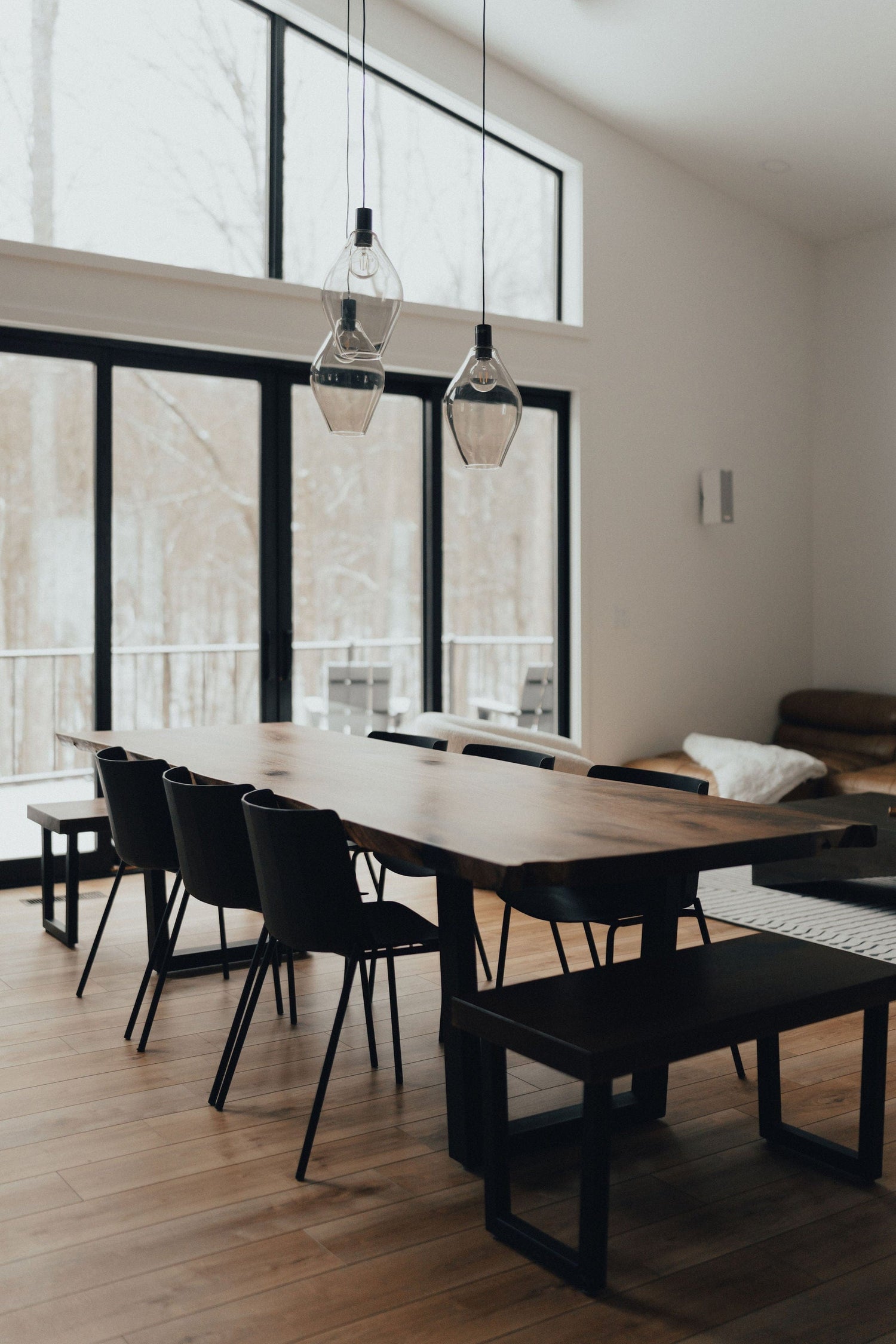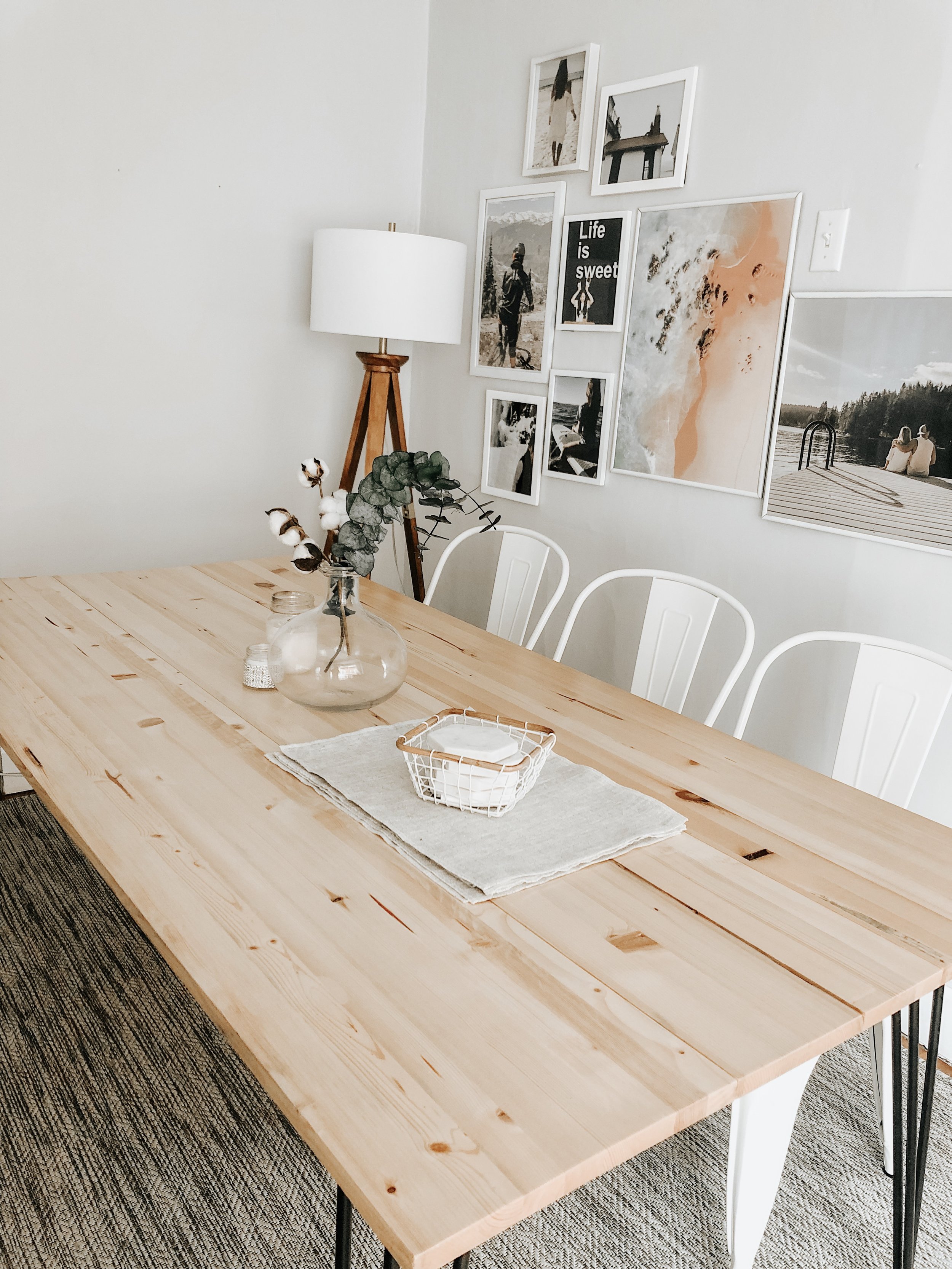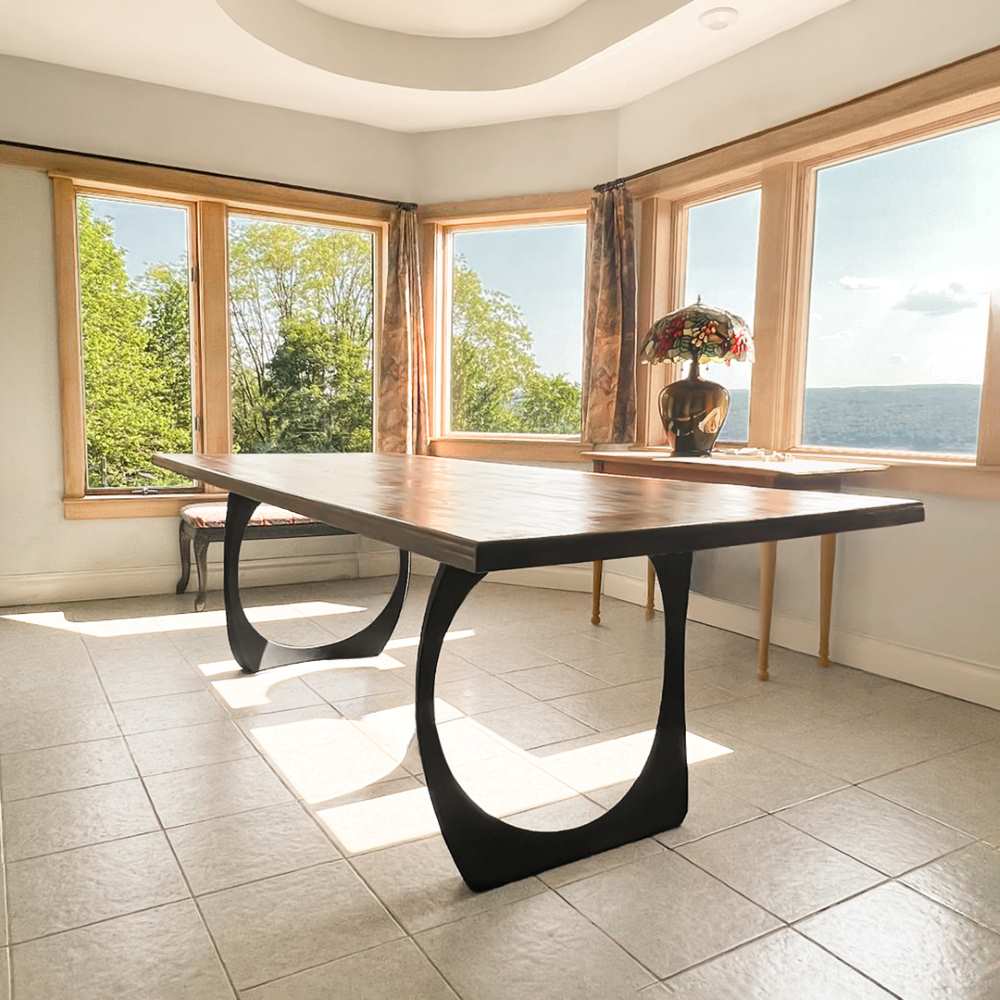The Best Materials for Durable and Elegant Dining Room Table Legs
The Best Materials for Durable and Elegant Dining Room Table Legs
Blog Article
How to Select the Perfect Dining-room Table Legs for Your Home Design
Picking the optimal dining area table legs is a nuanced process that requires cautious consideration of various aspects, including your area constraints, visual preferences, and sensible demands. The interplay in between designs, materials, and measurements can dramatically influence the atmosphere of your eating location, making it essential to approach this choice carefully.
Assess Your Dining Room
Examining your eating space is important for selecting the right table legs that match both aesthetic appeals and functionality. Begin by gauging the dimensions of your dining location, including ceiling elevation, flooring space, and proximity to other furniture. This information will assist determine the suitable size and height of your eating table, which directly affects the selection of table legs.
Following, think about the style and format of your eating area. An open-concept design may profit from table legs that offer aesthetic lightness, such as slender steel or acrylic alternatives. On the other hand, a more conventional setup may call for durable wooden legs that offer a sense of durability.
Assess the existing shade combination and materials in your eating area. Integrating the table legs with these components produces a cohesive appearance that boosts the total design.
Eventually, a thorough evaluation of your eating area will certainly direct you in making a notified choice, making sure that your table legs not only enhance the aesthetic charm but also serve sensible purposes.
Consider Your Style Preferences
When choosing eating area table legs, it is necessary to review your personal design preferences, as they significantly influence the total visual of your dining room. Your selection of table legs can either complement or contrast with existing decoration, making it critical to straighten them with your recommended indoor design motif.
If your home leans in the direction of a modern visual, think about streamlined metal or minimal wooden legs that give a tidy, minimalist look. For an extra traditional approach, elaborate wood legs with intricate carvings can include a touch of beauty and class. Industrial designs benefit from durable, resources such as redeemed timber and metal combinations, mirroring a tough charm.
In addition, farmhouse and rustic designs typically favor strong, chunky legs that evoke a sense of warmth and convenience. Alternatively, if your décor is diverse, you may choose non-traditional forms or a mix of materials to create visual interest.

Evaluate Material Options
The selection of material for eating room table legs plays an essential role in both toughness and visual appeal. Typical products consist of timber, metal, and composite choices, each offering unique qualities that can influence the overall look and longevity of your table.
Timber is a timeless option, known for its heat and convenience. Hardwoods like oak and walnut give phenomenal strength and can be ended up in various discolorations to match any kind of design. Softwoods like ache are much more susceptible to scratches and dents, making them less ideal for high-traffic areas.
Metal legs, usually crafted from steel or light weight aluminum, show modernity and commercial charm. They are immune and very long lasting to put on, making them appropriate for families with kids or frequent gatherings (dining room table legs). Furthermore, steel can be ended up in various shades, improving the modification possibilities
Composite products, such as MDF or laminate, offer price and diverse styles. While normally much less resilient than solid timber or steel, they can still supply a fashionable look and are often simple to maintain.
Eventually, the product you pick must straighten with your way of living, visual choices, and the degree of usage your table will certainly experience.
Determine Height and Size
Choosing the proper height and size for your eating space table is essential for both functionality and convenience. The basic elevation for dining tables usually varies from 28 to 30 inches, allowing adequate legroom for a lot of people when seated. It is vital to think about the dimensions of your eating area and the types of chairs you plan to utilize.

Moreover, think about the percentages of your dining-room. A larger table in a sizable location can develop a grand atmosphere, while a smaller sized table works well in more intimate setups. Eventually, the appropriate height and size will certainly balance with your overall style and boost the dining experience for you and your visitors.
Explore Modification Opportunities

In addition, the design of the legs can be tailored to fit different styles, such as rustic, modern, or commercial. For instance, tapered legs can stimulate a mid-century modern feel, while chunky, block-style legs might resonate with standard or farmhouse decoration.
Property owners can also check out color coatings, from natural wood spots to repaint, allowing them to match or contrast with the tabletop and More Bonuses bordering decor.
Furthermore, leg height can be adapted to accommodate specific seating setups or individual choices, enhancing both comfort and capability.
Lastly, distinct embellishments, such as makings or ornamental brackets, can even more individualize the table legs, making the eating experience not simply a dish however a statement item in the home. By taking you could try these out into consideration these personalization options, home owners can develop a dining room table that truly mirrors their uniqueness.
Verdict
Selecting the perfect dining area table legs needs careful factor to consider of different aspects, consisting of the dimensions of the eating room, design preferences, product durability, and wanted elevation. Modification choices further boost the capability to achieve a cohesive aesthetic that enhances the overall style. By methodically reviewing these aspects, property owners can make certain that the picked table legs not only accomplish functional requirements however likewise add positively to the eating experience and setting of the home.
Picking the optimal eating area table legs is a nuanced procedure that needs cautious factor to consider of various components, including your space constraints, aesthetic preferences, and useful needs.Evaluating your eating room is vital for choosing the right table legs that complement both aesthetic appeals and capability.When establishing size, determine the area where the table will certainly be put to guarantee it fits comfortably, allowing for at the very least 36 inches of clearance around the table for very easy activity. A larger table in a roomy location can develop a grand atmosphere, while a smaller table works well in more intimate settings.Choosing the ideal dining area table legs calls for cautious factor to consider of different factors, consisting of the dimensions of the dining space, design choices, product sturdiness, and desired height.
Report this page